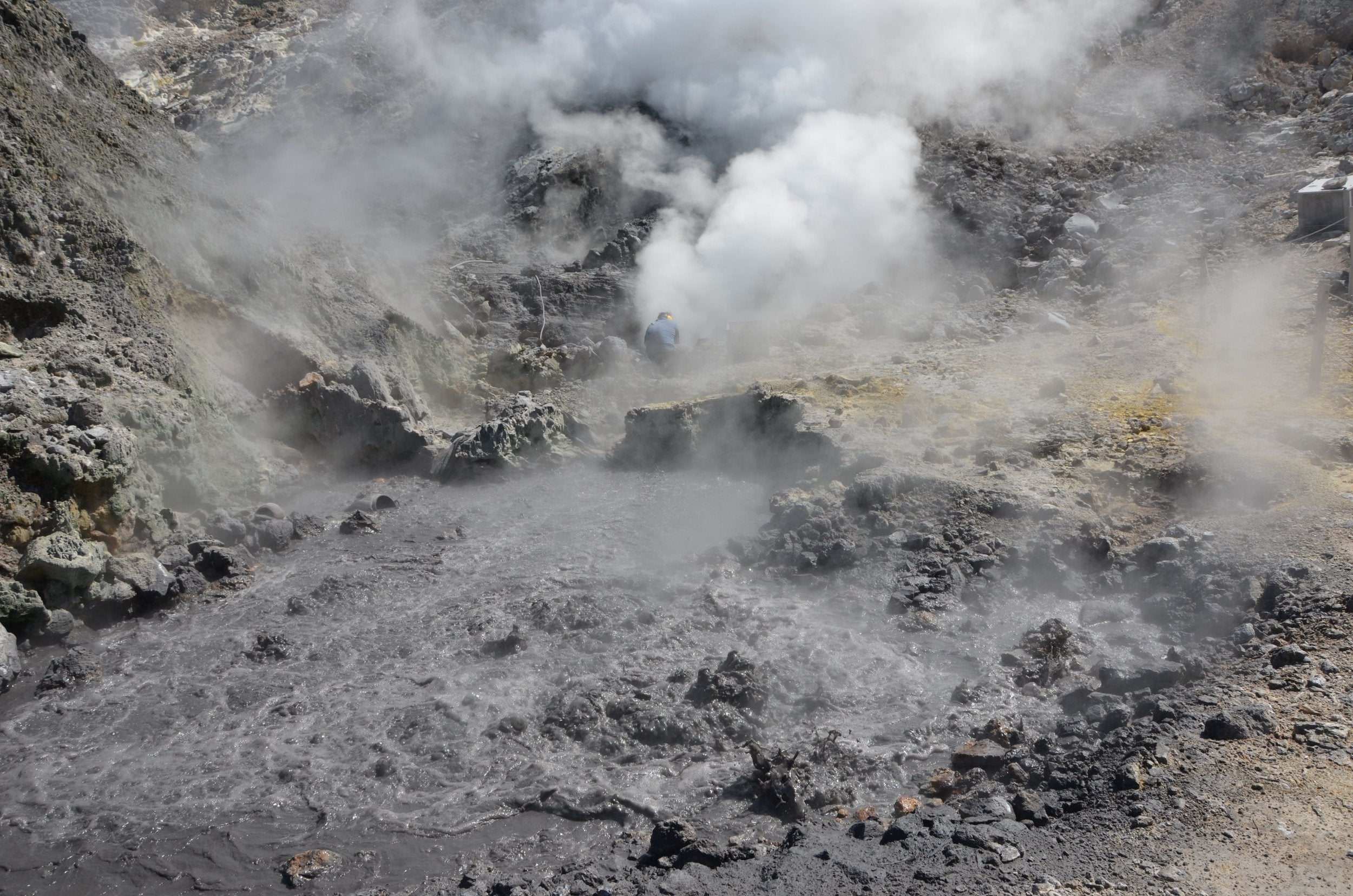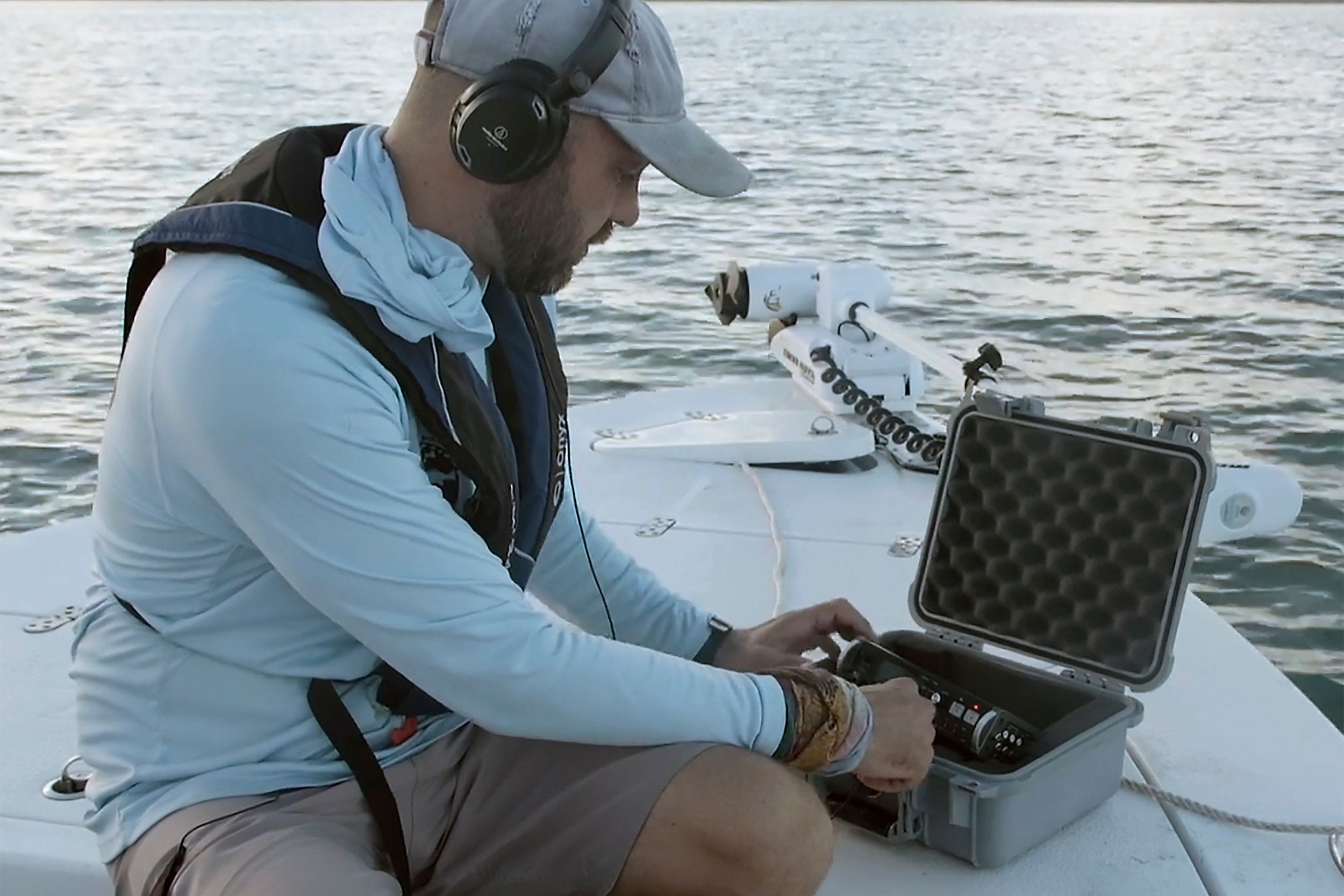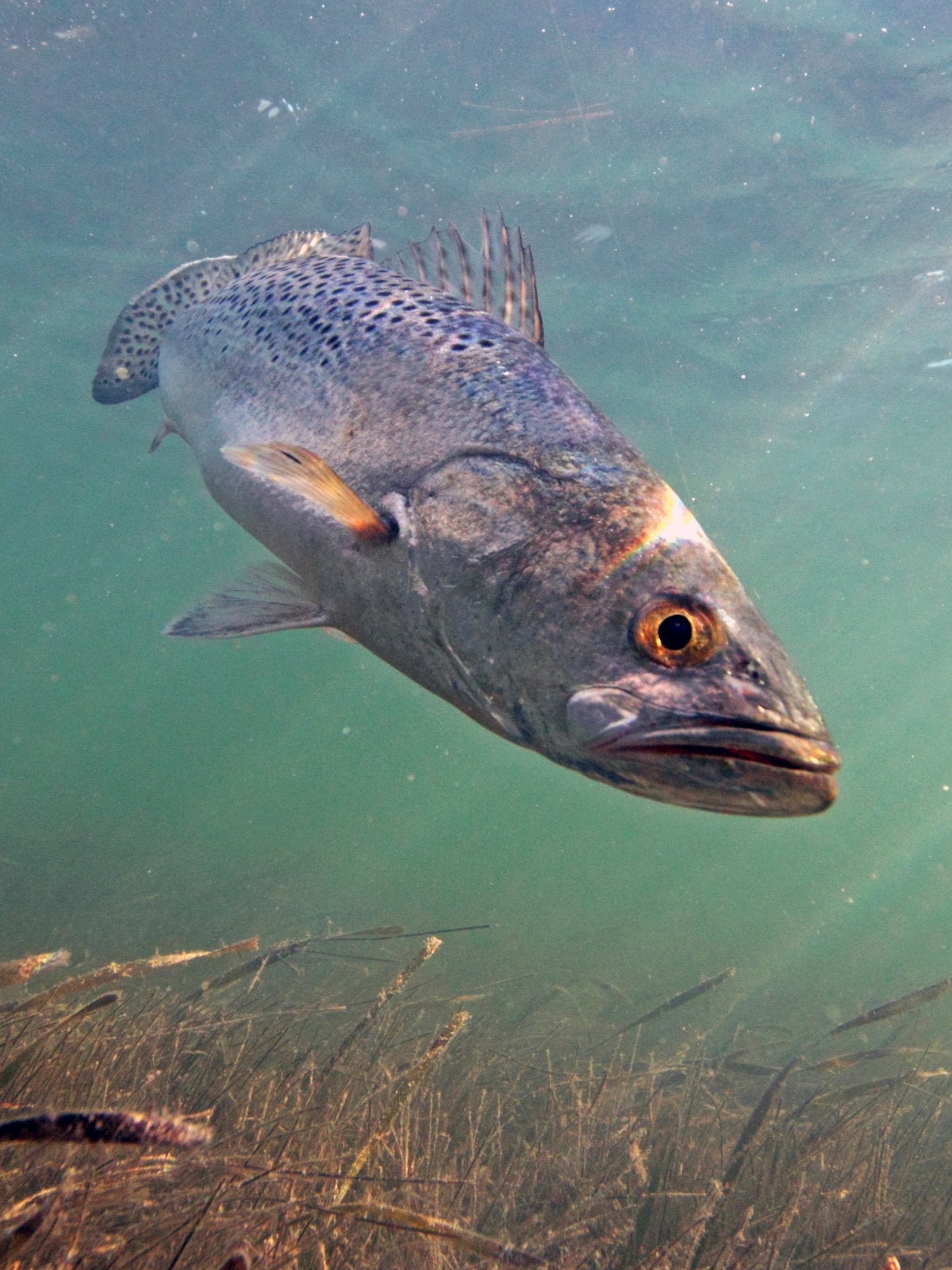Science news in brief, from beatboxing to colourful dinosaur eggs
And a roundup of other stories from around the world

Your support helps us to tell the story
From reproductive rights to climate change to Big Tech, The Independent is on the ground when the story is developing. Whether it's investigating the financials of Elon Musk's pro-Trump PAC or producing our latest documentary, 'The A Word', which shines a light on the American women fighting for reproductive rights, we know how important it is to parse out the facts from the messaging.
At such a critical moment in US history, we need reporters on the ground. Your donation allows us to keep sending journalists to speak to both sides of the story.
The Independent is trusted by Americans across the entire political spectrum. And unlike many other quality news outlets, we choose not to lock Americans out of our reporting and analysis with paywalls. We believe quality journalism should be available to everyone, paid for by those who can afford it.
Your support makes all the difference.Why Komodo dragons haven’t conquered the world
Komodo dragons live on a handful of islands in Indonesia, but their reputation has spread far and wide. Reaching lengths of up to 10 feet, the razor-toothed monitor lizards hunt deer in packs and have even attacked humans on occasion. But actually, they are real homebodies, according to a study published recently in Proceedings of the Royal Society B.
A decade of observations at 10 sites on four islands has revealed that the dragons essentially never leave the valley where they were born. It is not that they can’t. They are capable of travelling many miles and through rough terrain, if necessary. They just do not seem to feel like it.
Many island species, as it happens, show a marked tendency to stay close to home.
“Once they colonise an island, despite these incredible feats of long-distance dispersal, they decide, ‘Enough is enough,’” says Tim Jessop, professor of ecology at Deakin University in Australia who led the study.
One explanation for this sedentary behaviour, Jessop proposes, is that once you are isolated on an island, any mistakes could be extremely costly. A Komodo dragon that moves to a new island or a new island valley might find that it is out of luck if, for instance, it is unable to mate with any of the locals it encounters in its new home. There may also be survival benefits to being intimately familiar with one’s surroundings, like knowing exactly where to find prey.
That said, DNA data indicates that dragon populations show signs of inbreeding, and they are vulnerable to local shortages of food and natural disasters.
The great speckled dinosaur egg
As any child can tell you, dinosaurs, not birds, evolved feathers first. According to a new scientific report, dinosaurs also evolved eggs of different colours.
Until a few years ago, the colour of dinosaur eggs was unknown. Egg colour was thought to be exclusive to birds. Then, in 2015, Jasmina Wiemann and colleagues reported the presence of two pigments, one blue-green and one red, in oviraptor eggs.
But that was one dinosaur. Wiemann, a graduate student at Yale University, went on to work with Mark Norell, a paleontologist at the American Museum of Natural History, to develop a nondestructive method using lasers to test for pigments in fossilised eggshells from 14 different dinosaurs and also ancient and modern birds.
In the new report published in Nature, they write that they found a red-brown pigment called protoporphyrin IX and a blue-green one called biliverdin5 in both modern birds and in a group of dinosaurs that were ancestors of modern birds – eumaniraptorans, including favourites such as velociraptor. They were also found at the same depths from the surface in the shells of modern and ancient birds and nonavian dinosaurs.
Darla Zelenitsky, a dinosaur paleontologist at the University of Calgary, says the combination of new technology and the method that Wiemann and Norell worked on allowed them to show “that there was a single evolutionary origin of egg colour”.
The dinosaurs with egg colour were species that kept their eggs in exposed nests: animals like deinonychus and some troodontids, active predators that may have laid nests in small groups but not in vast nesting grounds like some of the duck-billed dinosaurs.

Ancient cycle of Italy’s volcanic giant seems to end in a large eruption
Sitting within the Bay of Naples in southern Italy is Campi Flegrei, a vast and restless volcanic cauldron. The history of this sleeping colossus includes two massive eruptions, 39,000 and 15,000 years ago, that left deep calderas in the landscape. Its last significant volcanic event was a 1538 eruption known as Monte Nuovo that spawned a small new mountain. Since then, it has been curiously eruption-free.
Today, 1.5 million people live within the volcano’s caldera and its surroundings, and the cache of magma that could burst from the area’s hellish underbelly makes it one of the most hazardous areas on Earth. In a study published recently in Science Advances, volcanologists report that Campi Flegrei is at the start of an eruption cycle, one that may result in a massive outburst at some point in the likely distant future.
The researchers arrived at this conclusion by unspooling the 60,000-year-long history of the volcano, which revealed what appears to be a rhythm to Campi Flegrei’s upsurges. Fortunately, there are no signs that an eruption is imminent. And because the volcano is one of the world’s most closely monitored, scientists are likely to pick up on any warning signs.
The new study, led by Francesca Forni, a postdoctoral researcher at Nanyang Technological University in Singapore, who conducted the work at ETH Zurich, used fresh geological samples taken from 23 eruptions across its history, both larger and smaller, to see how the chemistry of the magma changed over deep time. Her team also used computer models to simulate what may have occurred inside the volcano since the last caldera-forming eruption 15,000 years ago.
The team found that Campi Flegrei has gone through stages. First, a massive eruption occurs, resulting in the formation of a caldera. Then the volcano enters a period of regular, small eruptions as magma escapes through new fractures in the crust.
Finally, the volcano enters a pre-caldera phase. Minor eruptions become infrequent, and magma accumulates in the subterranean reservoir. As it pools, the magma evolves into a water-rich, gassy form, and the most buoyant, bubble-rich patches gather at the top. This magma buildup may eventually culminate in another major eruption, and the cycle would begin anew.
But geological cycles can be broken, and the current lack of volcanism at Campi Flegrei doesn’t necessarily portend a major eruption.
Breaking it down inside an MRI scanner
It’s not every day that scientists get a beatboxer to perform inside an MRI machine. But the researchers who did got to see a show.
Under magnetic resonance imaging, they observed the mechanics of how the artists make the distinctive beats that sound like percussion instruments using only their mouths. In gritty black and white, their tongues leap and flip; a sound like a snare drum snaps out.
The research, based on scans of five different beatboxers, was presented this month at the Acoustical Society of America. The scientists, with specialities in computer science, engineering and linguistics, are comparing the movements in beatboxing to those used to make speech. They hope to learn more about how the human body produces language and to develop algorithms that can accurately describe the dynamics of the vocal tract.
Beatboxing has long been used by performers of jazz, hip-hop and other genres. Virtuosos can effectively accompany themselves, mimicking the sound of an entire band worth of instruments.
Beatboxing has been studied before, but usually with data from only a single performer. Timothy Greer, the computer science graduate student at the University of Southern California who presented the research, and colleagues worked with a diverse array of beatboxers: two experts, two novices and an intermediate-level performer (who is a member of the research team). Importantly, one of the performers speaks two languages in addition to English; the researchers are curious to see whether knowing other languages influences how a beatboxer moves their mouth in creating a given sound.
Beatboxers had been thought to draw on sounds from human languages, but instead the team has observed that some of the techniques the performers are using to make their sounds are quite different from speech.
“They’re coming up with ways to create these really complex acrobatic sounds by taking approaches drawn from different parts of the mouth that they don’t use in any language, and nobody uses for any language,” Greer says.

Hurricane Harvey passed over, but these fish kept making babies
On 25 August 2017, Hurricane Harvey made landfall about five miles east of Rockport, Texas. The Category 4 storm had an eye wider than the length of Manhattan, wind gusts up to 145mph and a 10-foot storm surge. The storm resulted in at least 103 deaths in the United States.
But amid this destruction, one thing seemed to weather the storm quite well – spotted sea trout, which were busy making babies as the eye of the hurricane passed over their spawning grounds.
“Their urge to reproduce, or that inclination, is so strong that not even a hurricane can stop them,” Christopher Biggs, a graduate student at the University of Texas at Austin, says.
Biggs and his colleagues reported their discovery, which was based on underwater audio recordings, recently in Biology Letters. The resilience of these fish suggests that they and their relatives, popular for recreational fishing in the Gulf of Mexico, may cope surprisingly well with increases in human activity and other temporary disturbances.
In this species, the males cry out in grunts and pulses during spawning.

Biggs and his colleagues had deployed underwater microphones in April 2017 at 15 popular spawning grounds. Audio analysis of the six months of rescued recordings revealed some surprises. First, despite previous work suggesting spawning coincided with changes in the moon, their survey showed the fish population spawned daily.
At first, the researchers thought the storm’s noise was too loud to hear anything. But when it calmed, they heard the fish spawning – the day before the storm, in its eye and the day after.
Following the hurricane, the fish began spawning earlier in the day, possibly cued in part by temperature changes in the water.
“You would think if they felt their environment getting that disrupted, they would just go somewhere else, but yet they were still hunkered down right in the same spots that they had been before,” Biggs says.
© New York Times
Join our commenting forum
Join thought-provoking conversations, follow other Independent readers and see their replies
Comments